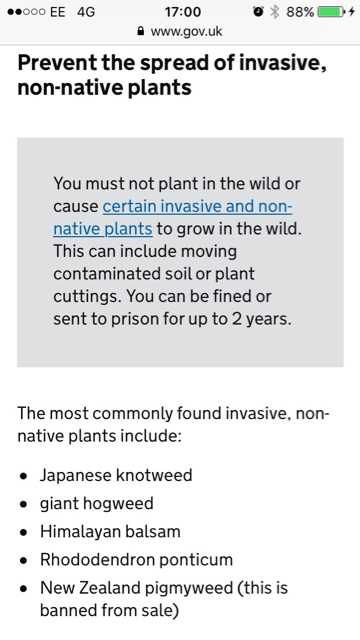peterbees
Field Bee
- Joined
- Sep 3, 2009
- Messages
- 622
- Reaction score
- 206
- Location
- Conwy Valley, north Wales
- Hive Type
- National
- Number of Hives
- 10
I send a weekly email newsletter round our village, Rowen in Snowdonia, North Wales. I've been asked to circulate the message below from a resident.
I want to include the views of beekeepers, because Himalayan Balsam is a very important late season nectar and pollen source for our bees. I'd welcome your thoughts!
"The scourge of the Himalayan Balsam (Impatiens glandulifera)
It seems timely to appeal to residents to keep a vigil out for the invasive Himalayan Balsam in your garden or on your land. It has spread rapidly around here in recent years, largely as a result of people finding the pink flowers and later explosive seeds rather attractive and sowing the seeds in their gardens, and it is now widely distributed along local rivers and damp hedgerows and places. It outgrows and smothers our native species and is a scourge that should be eliminated wherever it occurs. The Snowdonia National Park is very concerned about its spread.
It is an annual and the seedlings are now busily growing rapidly. This is a time when the plants can most easily be eradicated. When it is fully grown the best way to get on top of it is slashing or balsam bashing before seed formation. But the stem has to be cut below the first node otherwise it just bounces back into growth. An intact mature uprooted plant can carry on happily producing seeds too. Sheep seem to eat it but the stunted plants still produce flowers and seed.
So please get out there and do your bit to prevent this foreign invader from spreading even further".
I want to include the views of beekeepers, because Himalayan Balsam is a very important late season nectar and pollen source for our bees. I'd welcome your thoughts!
"The scourge of the Himalayan Balsam (Impatiens glandulifera)
It seems timely to appeal to residents to keep a vigil out for the invasive Himalayan Balsam in your garden or on your land. It has spread rapidly around here in recent years, largely as a result of people finding the pink flowers and later explosive seeds rather attractive and sowing the seeds in their gardens, and it is now widely distributed along local rivers and damp hedgerows and places. It outgrows and smothers our native species and is a scourge that should be eliminated wherever it occurs. The Snowdonia National Park is very concerned about its spread.
It is an annual and the seedlings are now busily growing rapidly. This is a time when the plants can most easily be eradicated. When it is fully grown the best way to get on top of it is slashing or balsam bashing before seed formation. But the stem has to be cut below the first node otherwise it just bounces back into growth. An intact mature uprooted plant can carry on happily producing seeds too. Sheep seem to eat it but the stunted plants still produce flowers and seed.
So please get out there and do your bit to prevent this foreign invader from spreading even further".















































